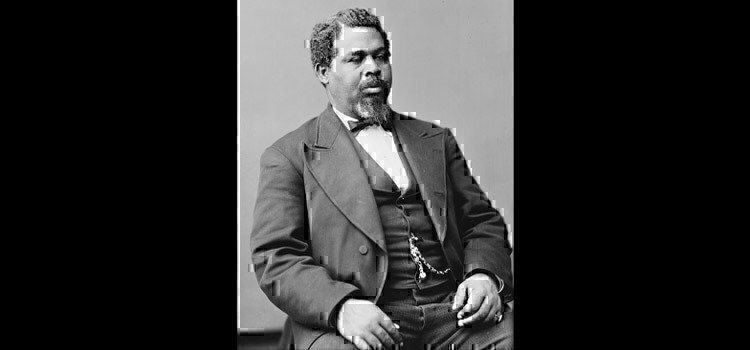Opportunity Knocks
Robert eventually worked his way to a position that allowed him to drive the ship and had the same responsibilities as the ship’s pilot. At the time, Black people could not be designated as pilots, so he was assigned as the “wheelman.” This gave him the opportunity to become intimately familiar with both the ship and the mannerisms of the captain, details that would serve Robert during the escape.
By May 1862, the Union Navy had set up blockades along the Atlantic and Gulf Coasts of the United States, which blocked supply lines the Confederacy used to deliver goods to soldiers on the front lines of the Civil War. Robert and the other slaves aboard the CSS Planter started crafting a plan to surrender to the Union Navy because they had heard that runaway slaves were able to join the Union military and earn their freedom. The night of May 12, 1862, the CSS Planter had returned from a mission and the crew members decided to head into town and relax. This left only the slaves onboard and the chance Robert was waiting for.
The Escape
In the early morning hours of May 13, 1862, Robert commandeered the ship, donned the captain’s straw hat, hoisted the Confederate and South Carolina flags to trick Confederate troops and picked up his family, along with a few others, at a predetermined location. Freedom was within reach, but there were a few obstacles to overcome. Prior to reaching the Union blockade, Robert had to sail through three Confederate battery fort checkpoints, including the infamous Fort Sumter. To do this, he would have to provide coded signals to fool the lookouts. Since it was dark, the lookouts could not tell that no White officers were onboard and Robert was able execute the captain’s mannerisms, convincing the lookouts that he was the captain. By the time the Confederate military realized what was happening, the Planter was well on its way to the Union blockade. Before reaching the blockade, the crew replaced the Confederate and South Carolina flags with a white sheet from the hotel where Hannah worked to alert the Union that they were surrendering as they approached. When it was all said and done, 15 slaves had reached the Union Navy, including seven crewmen and eight family members. To sweeten the deal, the Planter also carried artillery and a codebook. Additionally, Robert provided Admiral Samuel Francis DuPont intelligence that could be used against the Confederacy, including abandoned defensive positions and the locations of underwater mines. In fact, documented accounts say that Robert’s first words to DuPont was “Good Morning, sir. I’ve brought you some of the old United States guns, sir.” Apparently, the weapons were stolen from the Union during the war and ended up on the Planter after being stored at Fort Sumter.






